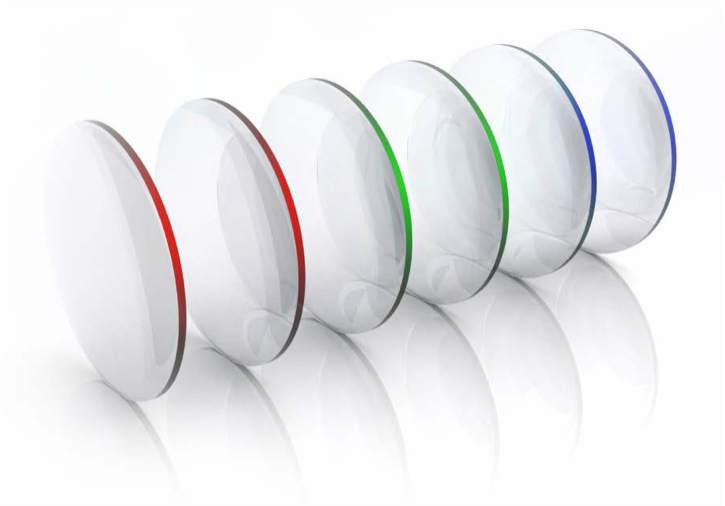HawkAI Hybrid Optics


HAWKAI DESIGN PLATFORM
The HawkAI machine learning platform can test millions of optics combinations to develop an ideal solution for each optics application. This advanced design platform revolutionizes optics development to optimize size, weight, color clarity, field of view, and distance performance.

UNPARALLELED OPTICS PERFORMANCE


2X Thinner Optics

Our technology enables Peak to create hybrid optics up to 2X thinner than all glass optics.

50% Lighter Optics

Our optics leverage Peak’s patented NanoPlex metamaterials to create up to 50% lighter optics than glass-based optics.

Optimized Color Resolution

Peak's technology provides superior color resolution and management to make images sharper and more accurate.

Wider Field
of View

HawkAI enables us to design optics for wider fields of view to provide better performance and lighter weight than glass optics.

HIGH-RESOLUTION ACROSS THE FOV

Peak’s technology provides complete focus and high resolution across the Field of View (FOV), unlike some glass optics.

Environmental Safety

Using NanoPlex metamaterials for hybrid optics reduces the use of glass optics made with lead, nickel, and other hazardous substances.
HOW HAWKSIGHT OPTICS ARE MADE
HawkSight optics required the development of new manufacturing science. This included inventing new instrumentation to measure refractive indexes for our lens prescriptions and new diamond-turning methodologies with nanoscale precision. Today, we use over 800 refractive index versions of NanoPlex films to create new hybrid lenses that can optimize the field of view, clarity, color correction, and distance vision.
We use our HawkAI software to optimize our designs to meet specific design specifications. Our HawkSight lenses can be 2X thinner and 50% lighter than traditional glass optics.
The fundamental concepts and mathematics for GRIN (Gradient Refractive Index) were invented by James Maxwell (1831–1879), who formulated a set of equations known as Maxwell’s equations. In the 1950s, Harold Hopkins and Narinder Kapany pioneered using multiple thin glass lenses to correct optical aberrations in high-quality imaging systems. This work contributed to the foundation of what would later become gradient index optics. In the early 1970s, Duncan Moore and John Yoder made additional advancements in the understanding and practical application of gradient index optics. Their work paved the way for commercializing GRIN optical devices and systems for fiber optics and other specialized applications.
In 2002, DARPA initiated the Bio-Optic Synthetic Systems (BOSS) program, which aimed to synthesize the components of a biologically inspired vision system and demonstrate a level of performance beyond that of standard optical imaging systems (i.e., with reduced size and complexity). Out of more than a dozen exploratory efforts, four efforts were selected for further development and demonstration: fluidic adaptive zoom lenses, foveated imaging, photon sieves, and nanolayer lenses. Case Western Reserve University (CWRU) and the Naval Research Laboratory (NRL) collaborated on the nanolayer lens effort to create a synthetic lens that would mimic the structure and capabilities of an octopus eye. And this was the genesis of Peak’s LGRIN (Layered Gradient Refractive Index).

